This post may contain affiliate links. Read our disclosure policy.
I started blogging in 2009 (!) and since then have published over 1,000 recipes, as well as written two cookbooks. Over the years I’ve learned one thing for certain: baking is a SCIENCE!
Which is why I now dedicate so much time and energy into publicizing fun experiments like this one to show you how small changes can sometimes make a big difference in the final result of your baked goods.
With all of the information I post about baking science, you’ll be empowered to enter the kitchen with confidence. In this pumpkin puree article specifically, you’ll be empowered to enter the grocery store with confidence!
What is Pumpkin Puree?
It is the roasted and blended flesh of the pumpkin, with the skin and seeds removed. Fresh pumpkin puree will be a very different color, texture, and flavor, compared to canned pumpkin. See our comparison and experiment results further below!
How to Make Pumpkin Puree
Before we get into the fresh vs. canned pumpkin nitty gritty, be sure to check out this step-by-step video and my easy recipe for making your own pumpkin puree. It’s surprisingly simple!

The full fresh pumpkin puree recipe is in the printable recipe card below, but the steps are straightforward:
- Preheat oven to 375°F.
- Cut your pie or sugar pumpkin(s) in half and scoop out the seeds and pulp.
- Roast for 45 minutes, or until fork tender.
- Remove skin and place pumpkin in the bowl of a food processor and puree until smooth.
Which Kind of Pumpkin Should I Use for Cooking and Baking?
If you attempted to make homemade pumpkin puree from a regular field pumpkin that you would use to carve a jack-o-lantern for Halloween, the result would be stringy, watery, and bland. Instead, use pie pumpkins or sugar pumpkins for the best flavor and texture in any sweet or savory recipe.
What to do with Pumpkin Seeds?
- Let them air dry, toss with oil and seasonings, and roast them low and slow at 250°F for an hour
- Add them to your favorite homemade granola or trail mix
- Blend into pumpkin seed butter
- Garnish your favorite soup or dip with them
- Add them into guacamole
- Replace them for the pine nuts in pesto
- Add them into a salad
- Sprinkle on oatmeal!
The full detailed instructions for roasting are also included in the printable recipe card.
How Long Does Pumpkin Puree Last? Can you Freeze Pumpkin Puree?
Use or store in the fridge in an airtight container for up to a week, or in the freezer for 6 to 8 months. This applies to both leftover canned puree and homemade fresh pumpkin puree.
Fresh vs. Canned Pumpkin Puree
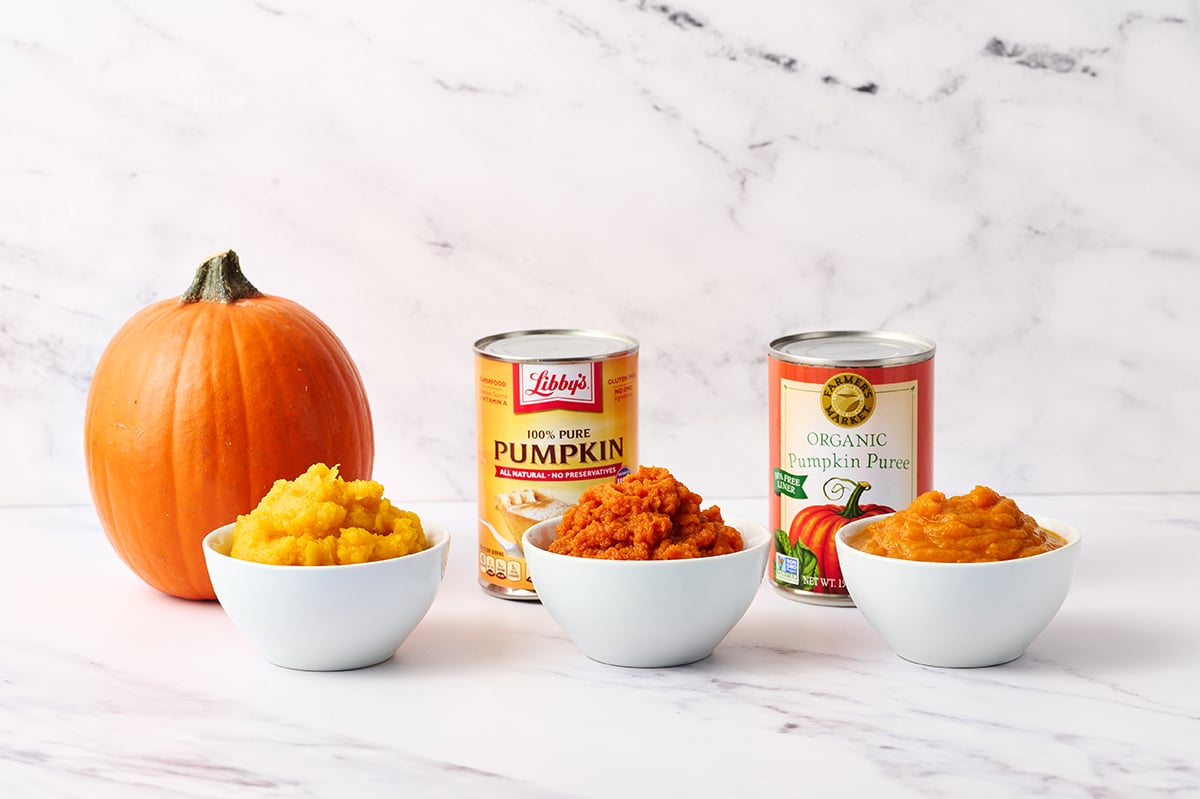
From left to right: Fresh, regular canned (Libby’s), organic canned (Farmer’s Market brand).
As you can see from just a quick visual assessment, there is a BIG difference in color and even in texture between these three purees. What you can’t see is there were also slight differences in the flavor.
The fresh is notably the lightest in color; it almost just looks like any ol’ pureed squash. The organic is the second darkest, while the regular canned stuff is practically a completely different color.
Why is Libby’s Canned Pumpkin so Dark in Color?
A quick Google search revealed that Libby’s uses a proprietary variant of the Dickinson pumpkin, which actually looks more like a butternut squash than a pumpkin. The claim is that these pumpkins have been grown specifically for pumpkin puree in cooking and baking, so the result is a sweeter and creamier product. Interesting.
Of course, anything that’s been canned will likely taste different than the fresh product.
Pumpkin Puree Texture Comparison:
- Fresh: Velvety, creamy, and slightly loose and fluffy. The baked pumpkin pie filling made with fresh puree almost reminded me of flan (but a slightly overcooked one).
- Regular canned: Loose, smooth, very thick, and reminiscent of ricotta cheese. This was the least watery of the three. The baked pumpkin pie filling made with Libby’s also shrank the least, because of that lack of water content.
- Organic canned: The puree on its own was extremely watery and almost looked like applesauce. It had the most air bubbles form during baking, making the appearance less appealing. In the final baked pumpkin pie filling, its texture was more custard-y, almost gelatinous. I did get a stringy bit in one of the bites I took.
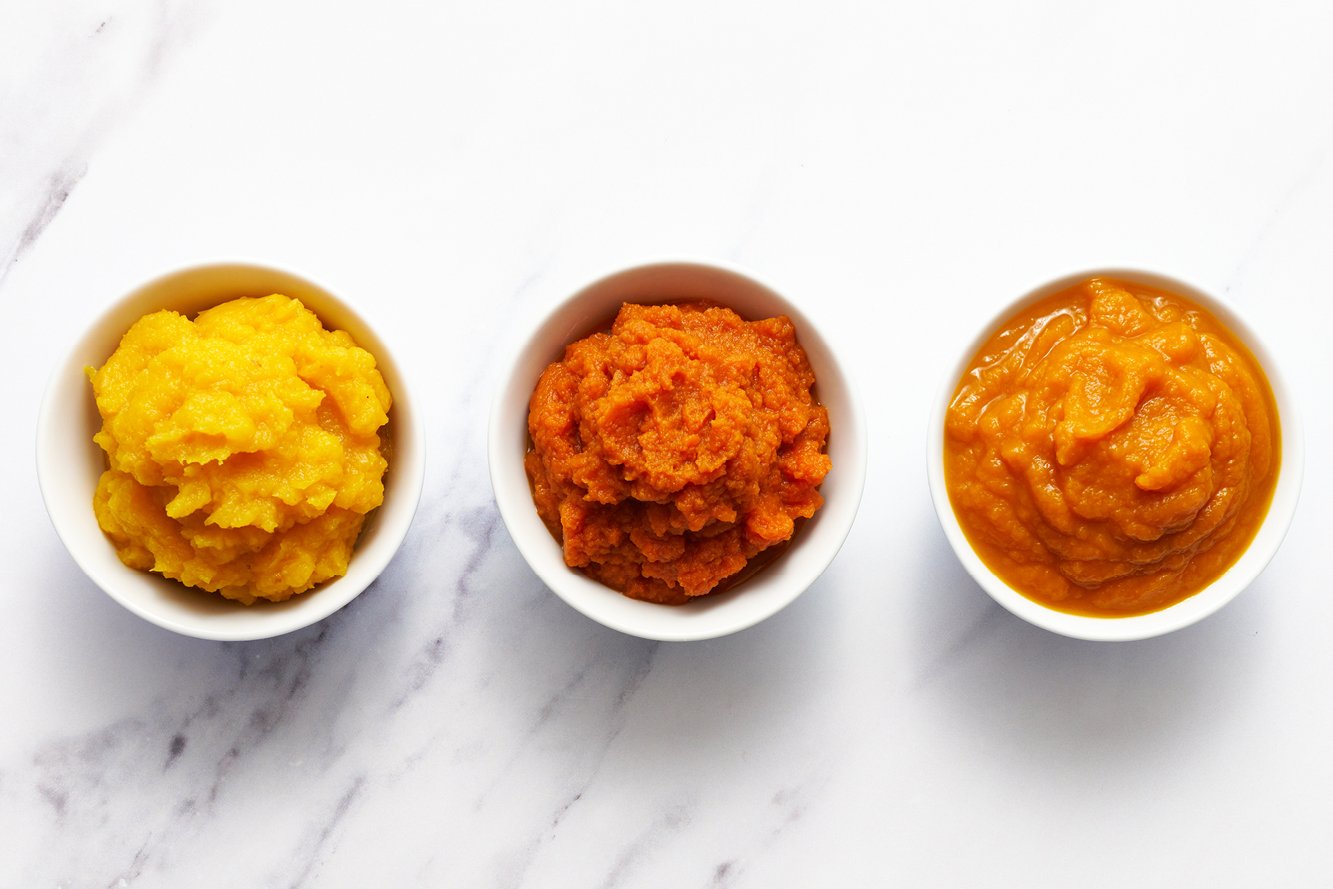
For baking recipes where you really don’t want excess water content, such as a Pumpkin Cheesecake or chewy cookies, you may want to avoid using organic canned pumpkin puree. The extra liquid could throw off the texture of the recipe!
Pumpkin Puree Taste Comparison:
- Fresh: Squashy/pumpkiny, subtle almost herbaceous flavor.
- Regular Canned: Deep, slightly intense unique flavor.
- Organic Canned: More similar to the fresh stuff than the regular canned, but with more flavor than homemade.
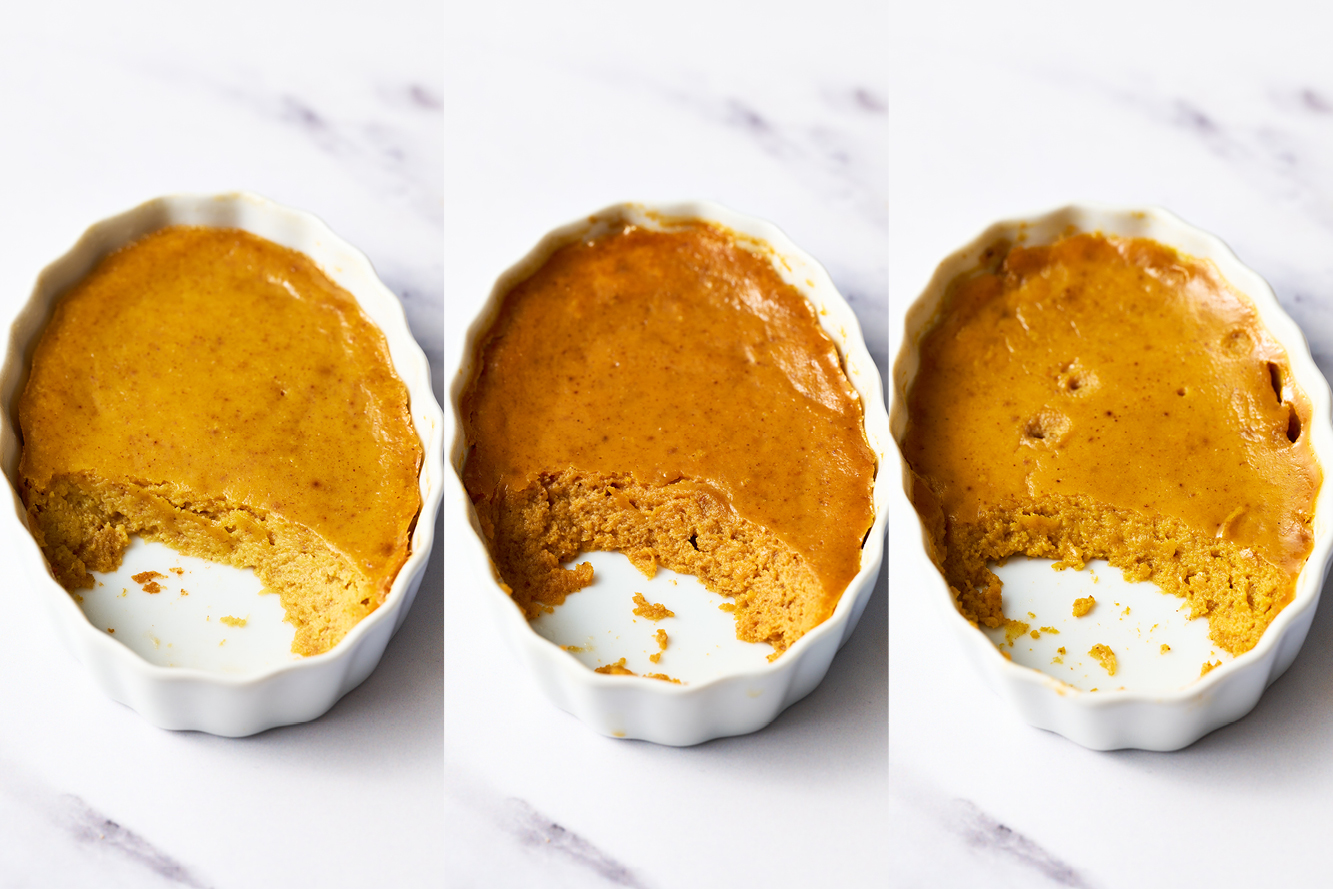
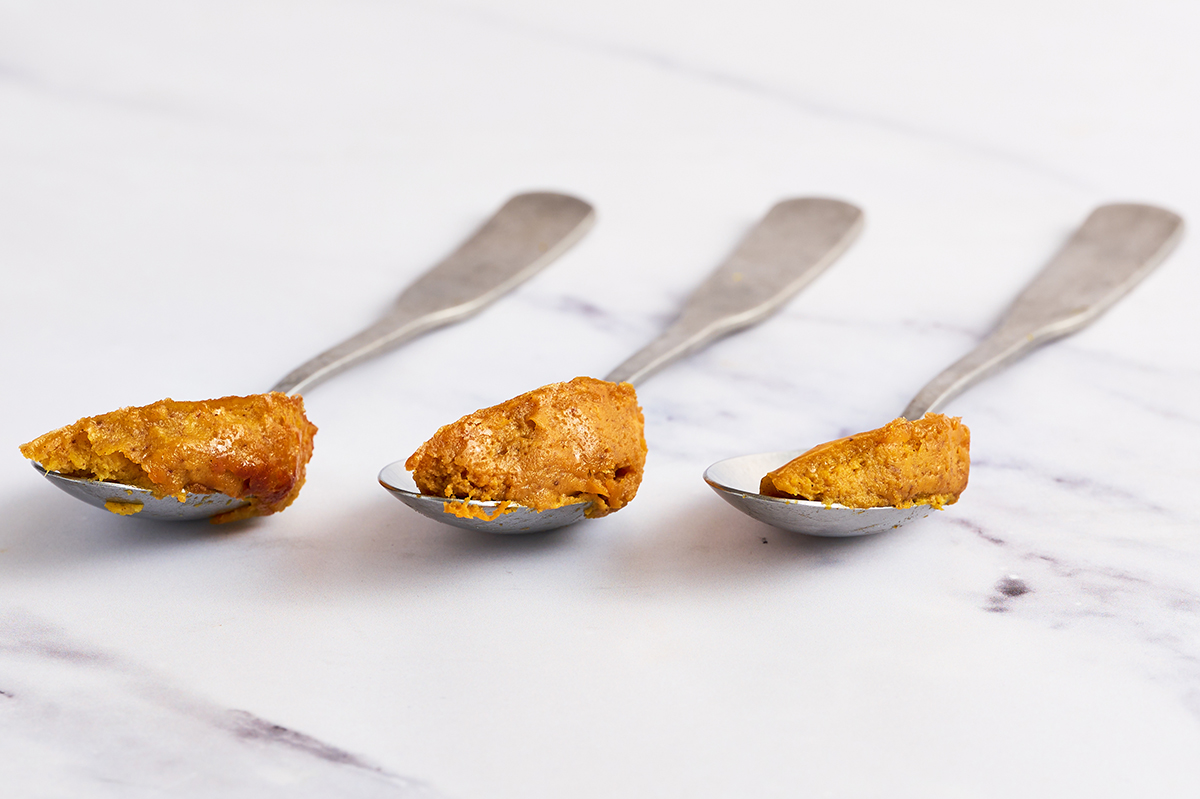
Since in most pumpkin baking we add tons of sugar and spices, I realized the texture was as important, if not more so, than the taste. In fact, pure pumpkin puree kind of just tastes like straight up baby food.
Once baked into mini pumpkin pies (following the standard recipe from Libby’s), the color differences among the purees became less obvious.
After adding enough sugar and spices to disguise the original pumpkin flavor, it was all about the texture. The regular canned was definitely the firmest, the organic canned was most watery, and the fresh puree was the lightest and most velvety.
Canned Pumpkin vs. Pumpkin Pie Filling:
It’s VERY important to never confuse these two cans. Canned pumpkin should contain the puree only. It’s one ingredient. Pumpkin pie filling, on the other hand, will contain sugar and spices. Unless the recipe you’re following specifically calls for pumpkin pie filling, avoid purchasing it to avoid the possibility of a mix up in the kitchen.
So, Which Pumpkin Puree is Best?
Well, this is a tough question because each puree had good qualities. I think it depends on the use and your personal preference.
Based on my taste tests, I think that fresh puree would easily elevate any savory pumpkin dish such as soup or pasta. The fresh, unadulterated flavor and fluffy texture would work wonderfully in savory dishes, especially because even “sugar pumpkins” aren’t very sweet on their own. While testing, everyone at the studio enjoyed the taste of the fresh puree.
When it comes to baking, I think you’d be fine using either canned or fresh. I’ll always keep a few cans of regular pumpkin puree in my pantry because I love to bake with the stuff. It’s certainly significantly easier!
I think I will stay away from organic canned pumpkin, because that excess water content can really mess with so many recipes.
Which is your favorite? What will you try next time you’re baking or cooking with pumpkin?
Favorite Pumpkin Recipes:
- Pumpkin Spice Coffee Cake
- Pumpkin Muffins
- Pumpkin Scones
- Pumpkin Bars with Brown Sugar Frosting
- Pumpkin Chocolate Chip Muffins
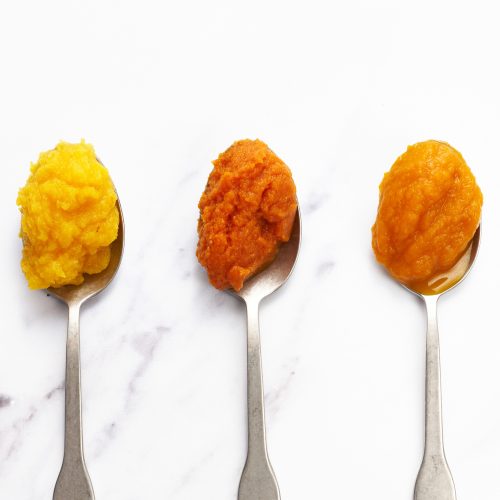
Homemade Pumpkin Puree
Ingredients
- 1-2 pie or sugar pumpkins
Instructions
- Preheat the oven to 375°F. Line a rimmed baking sheet with foil.
- Using a large sharp knife, slice off the stems then cut each pumpkin in half. Spoon out all the seeds and pulp, reserving the seeds for roasting if desired. Place the pumpkin on the baking sheet, skin side down, and roast for about 45 minutes, or until fork tender. Let cool until comfortable enough to handle.
- Use your fingers to peel off the skin. Place the pumpkin flesh in the bowl of a food processor, high-powered blender, or food mill. Puree until completely smooth, this may take several minutes. Turn off motor and stir mixture occasionally to ensure an even puree. If the puree looks dry, add a tablespoon or two of water.
- Use or store in the fridge in an airtight container for up to a week or in the freezer for 6 to 8 months.
To Roast the Seeds:
- Place the pulp and seeds in a colander and run under cold water, removing the pulp from the seeds. Spread the seeds out evenly on a rimmed baking sheet and let air dry for several hours or overnight, do not attempt to blot with paper towels. Drizzle with 2 teaspoons olive oil and generously season with salt and other desired flavorings. Roast low and slow at 250°F for 1 hour, or until golden. Serve.
This article was originally published in 2014 and updated in 2022. Photos by Joanie Simon.


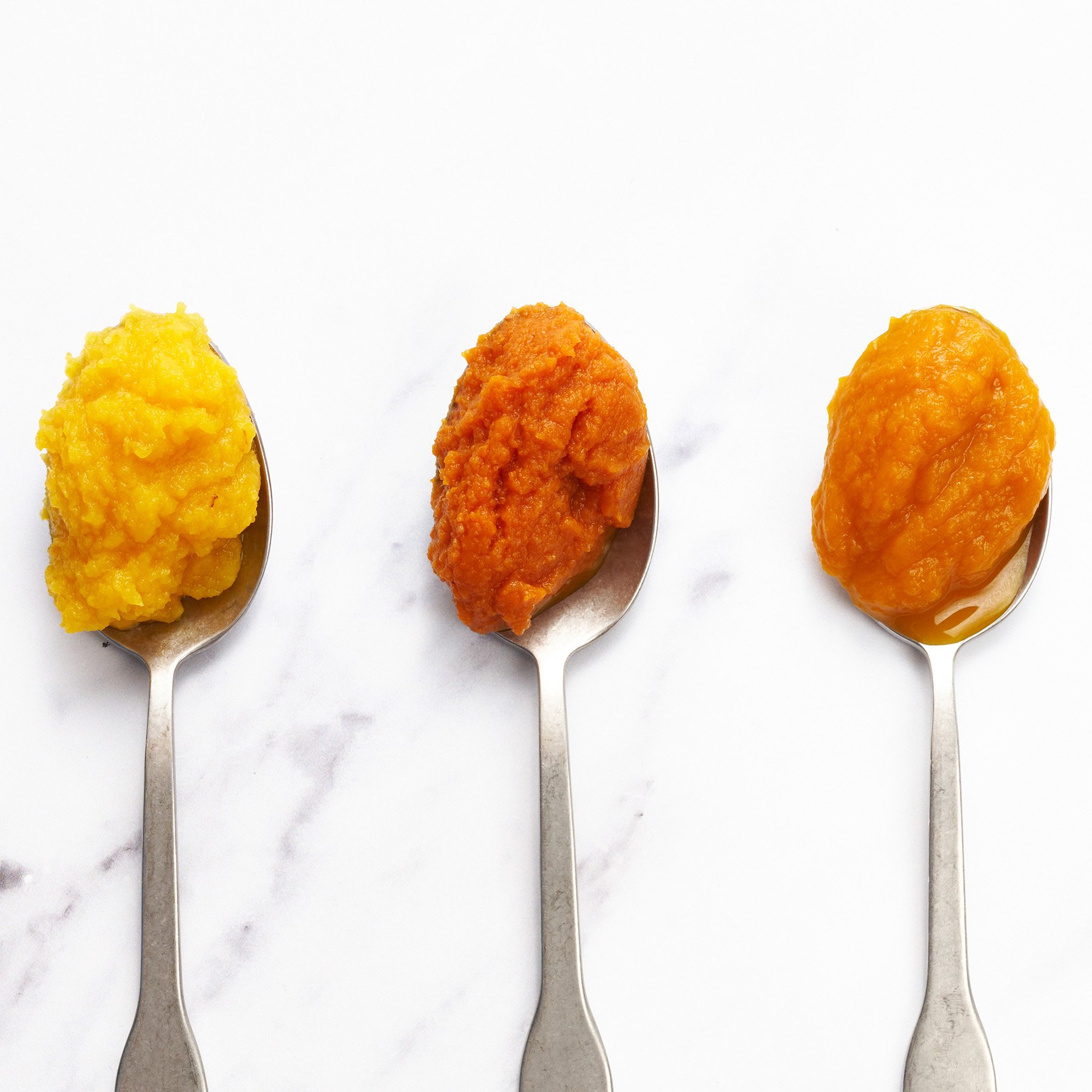
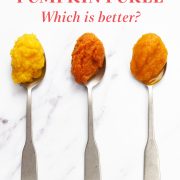
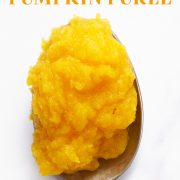
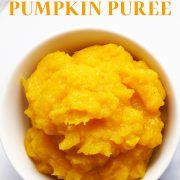
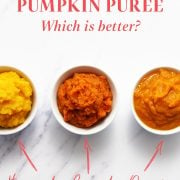
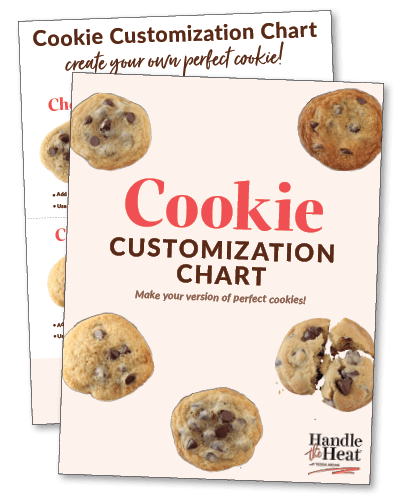
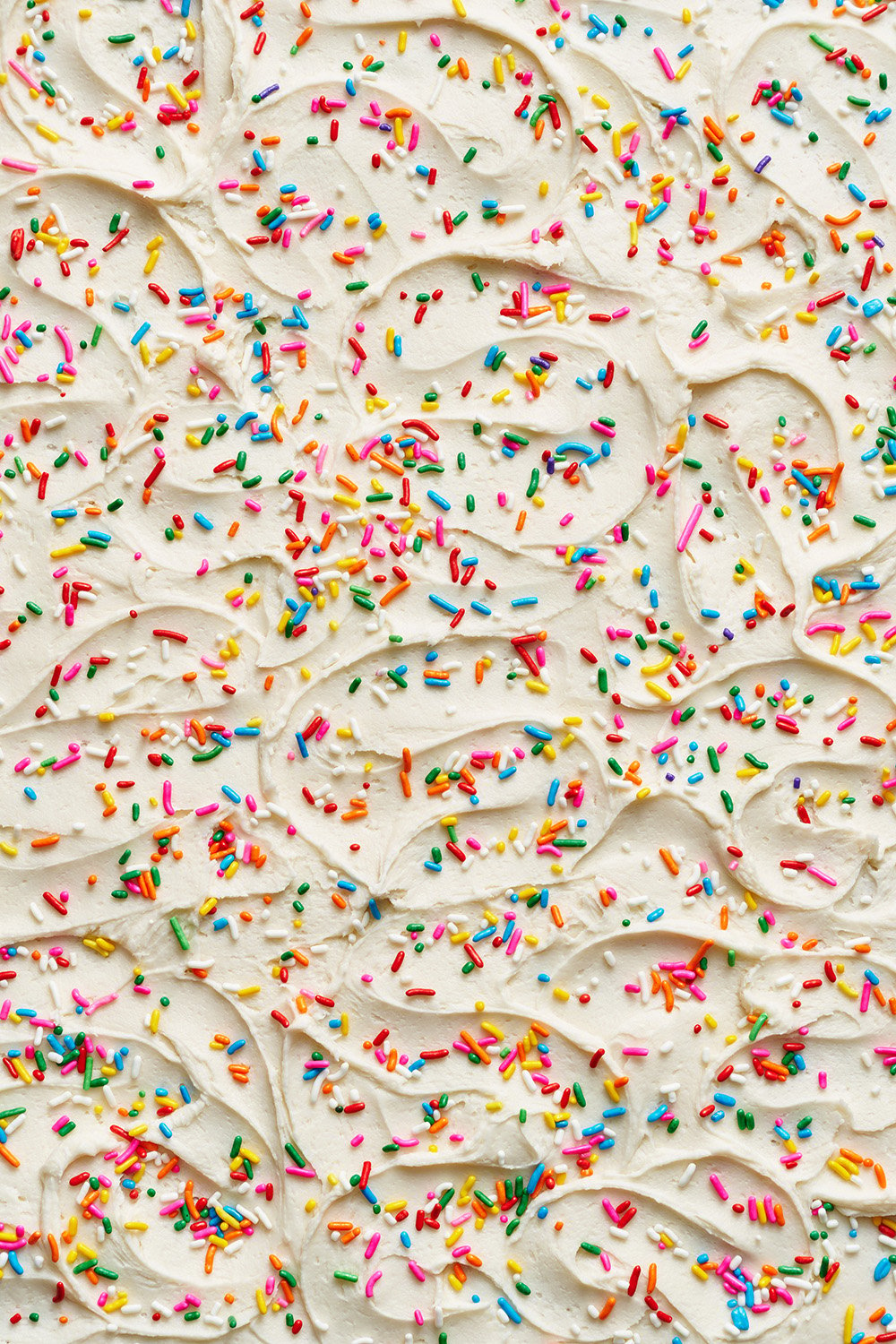
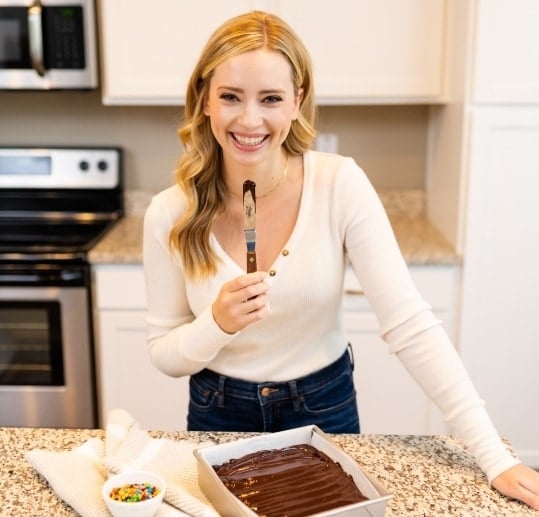

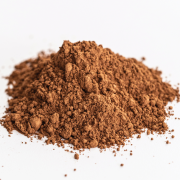
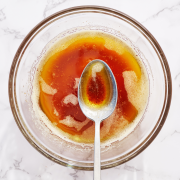
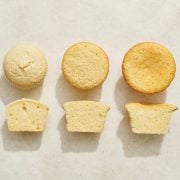

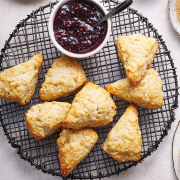
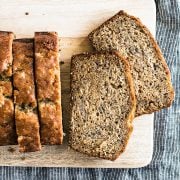
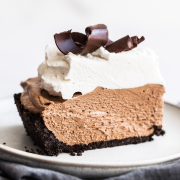
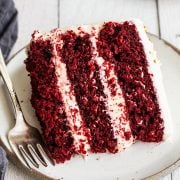








After reading Susan’s post I am determined to make pumpkin butter! Does anyone have a recipe to share for making pumpkin butter?
I made a pumpkin pie using trader joes organic pumpkin following the receipt on the can, was perfect texture and very tasty
Hi
I have been using the farmers market brand of canned pumpkin for several months for smoothies and I must say for the past 3 weeks the consistency has been a tad bit watery.
I’m concerned about using fresh pumpkin in baked recipes (bread and muffins). Do you have to cook it down to get the right consistency and remove some of the water? Without this step it seems to be fine in all other recipes calling for pumpkin.
Hi, I am very interested by making my homemade pumpkin puree.
We love cooking with pumpkin, and as craft brewer, in order to use this one in my brewing process, do you know how to have the same color than the regular canned, I want to color my beer with my own pumpkin puree with a more darkest color than fresh puree.
Thanks for the article.
I’ve always had good experiences using regular field pumpkins when I didn’t have sugar pumpkins on hand for pie. Even when the flesh is extremely stringy (almost noodle-like), the field pumpkin purees very nicely once in the food processor and makes a light, fluffy pie. I’ve never done a side by side taste comparison of sugar vs. field, but both make amazing pies and will beat canned pumpkin any day.
I’m coming late to the party but wanted to say that when my family moved to Australia, canned pumpkin was not available so Mum had to adjust all her recipes accordingly. We make our pumpkin pie with fresh butternut pumpkin and it is delicious and the filling has the most amazing texture. Depending on how you cook the pumpkin flesh (baked, boiled, steamed – it’s all fine) and the particular pumpkin, you may have to add a little water to get the right consistency. So that’s a bit tricky but the pie is amazing and sooo yummy. I have since been given a can of pumpkin purée and it kind of grossed me out to be honest.
My mom and I always use butternut, acorn, or similar tasting squash (fresh) in place of pumpkin in recipes with a delicious result. Cut back on liquids by a few T. or adjust starch accordingly.
My sister and I have been experimenting with my Grandmother Bessie’s depression era recipes, and for pumpkin pie she used hubbard squash (orange or blue). The puree looks exactly like that shown in the article, and the texture in the finished product is excellent. I just picked up two turkey sized pumpkins for $5.00 at a local farm stand in South Jersey for this years holidays.
The local Maryland public radio station (WYPR.org) recently did a segment on a program called “Radio Kitchen” concerning choices for pumpkins which was quite informative. Readers should check the Podcast for the suggestions they made for other types of pumpkins.
I like the comparison between the 3 different purees. I’m worried about baking pumpkin pie using fresh puree from a small Halloween pumpkin. I love to bake and every year, my family has always bought a frozen pumpkin pie from WalMart. I wanted to put my skills to the test, so I decided that I’m going to use fresh puree. Hopefully it’ll come out great. I love pumpkin everything. But I hate store bought bakery items, they are disgusting, especially since I started baking from scratch. Everyone says to use canned pumpkin but I don’t like canned items, I’m trying my hardest to stay away from it. Wish me luck, you never know unless you try! 🙂
I’m not sure why your can of Farmer’s Market puree was so “watery” but I have used it for years, and it’s never been watery for me! I did once buy a can of Farmer’s Market butternut squash puree, since I’d heard that butternut squash actually makes the best pumpkin pie, and that was definitely looser and more watery. Did you maybe make a mistake and buy the wrong can?
I’ve also used fresh butternut squash and once used a “cinderella” type cheese pumpkin, and the final resulting pie was no better than for the Farmer’s Market puree.
Hi Ginny! Maybe I got a weird can? I definitely didn’t use butternut squash, if you peek the video at about 2:42 you can actually see the exact can I used, it’s definitely pumpkin! Thinking back to this, I’m not sure I would have specifically identified the Farmer’s Market organic puree as watery if I hadn’t been directly comparing it to the other two purees. What made the watery factor most clear is when I separately bagged and froze all three purees (after testing) at the same time, the Farmer’s Market puree was noticeably icy and hardened much faster than the others.
I prefer fresh pumpkin from Cinderella pumpkins. They are more expensive but it’s totally worth it. I got spoiled a few years ago when my brother in law who is a farmer started growing pumpkins and gave me as many as I wanted. Sadly that gravy train has ended which means I use more canned pumpkin than fresh.